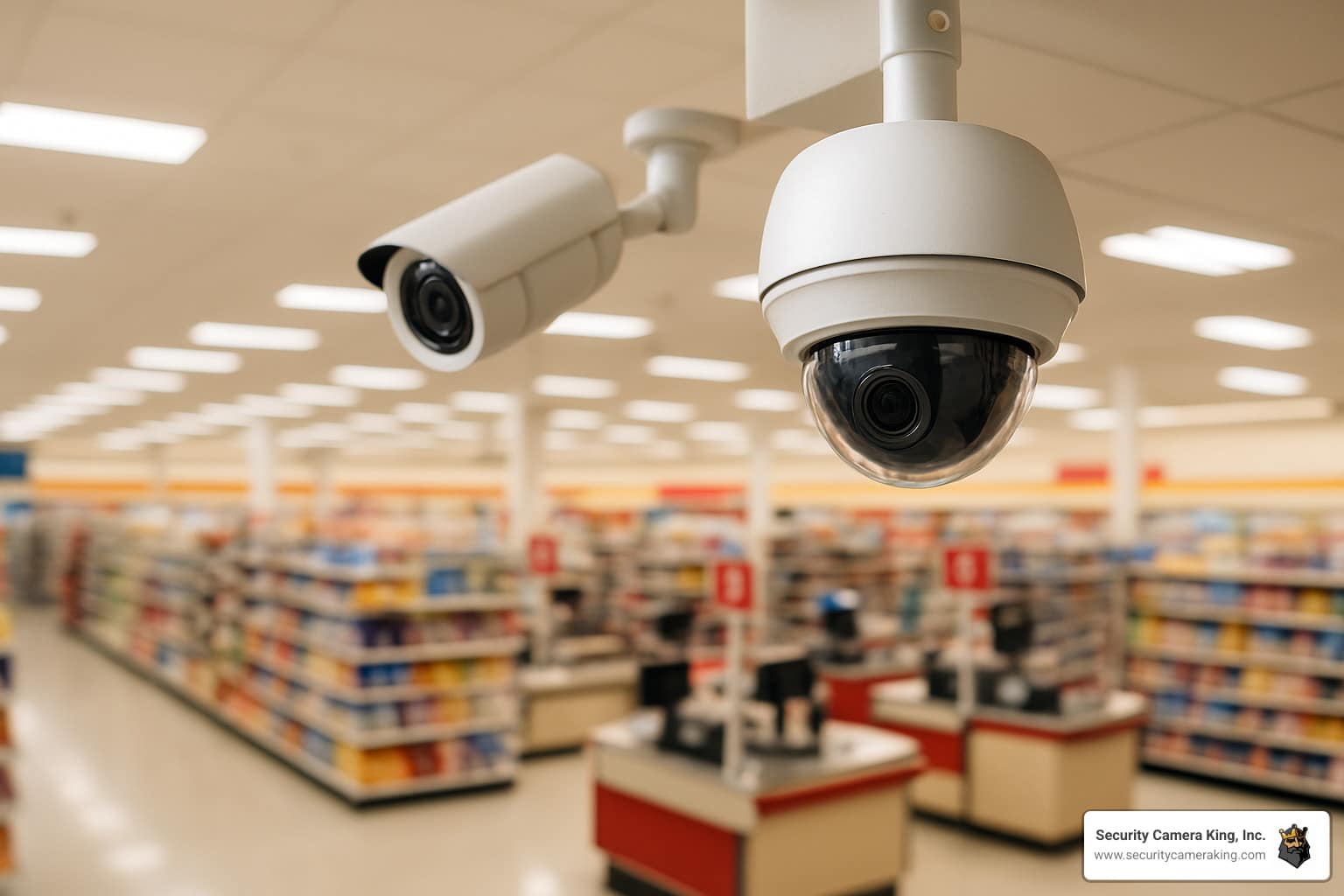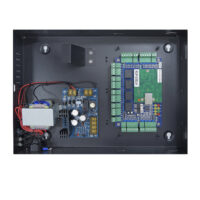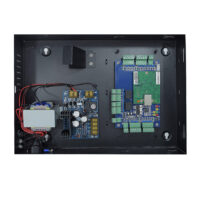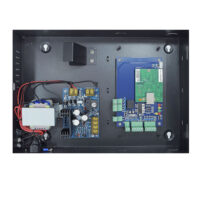
[vc_section][vc_row][vc_column][vc_column_text]Access control is a fundamental aspect of security systems, ensuring that only authorized individuals have access to specific areas or resources. This mechanism is crucial for protecting sensitive information, maintaining privacy, and preventing unauthorized entry. Here’s a comprehensive guide to understanding access control in security:[/vc_column_text][/vc_column][/vc_row][vc_row][vc_column][vc_column_text]
Access control refers to the process of regulating who can view or use resources within an organization. It encompasses both physical access to buildings, rooms, and facilities, as well as logical access to computer systems, networks, and data. By implementing access control measures, organizations can safeguard their assets, data, and personnel from potential security threats.
[/vc_column_text][/vc_column][/vc_row][vc_row][vc_column][vc_separator][/vc_column][/vc_row][/vc_section][vc_section][vc_row][vc_column][vc_column_text]
[/vc_column_text][/vc_column][/vc_row][vc_row][vc_column]



[/vc_column_text][vc_separator][/vc_column][/vc_row][/vc_section][vc_section][vc_row][vc_column][vc_column_text]
[/vc_column_text][/vc_column][/vc_row][vc_row][vc_column]

Copyright © 2014-2025 SecurityCameraKing.com, All rights reserved
Privacy Policy | Shipping Info | Return Policy | Terms & Conditions